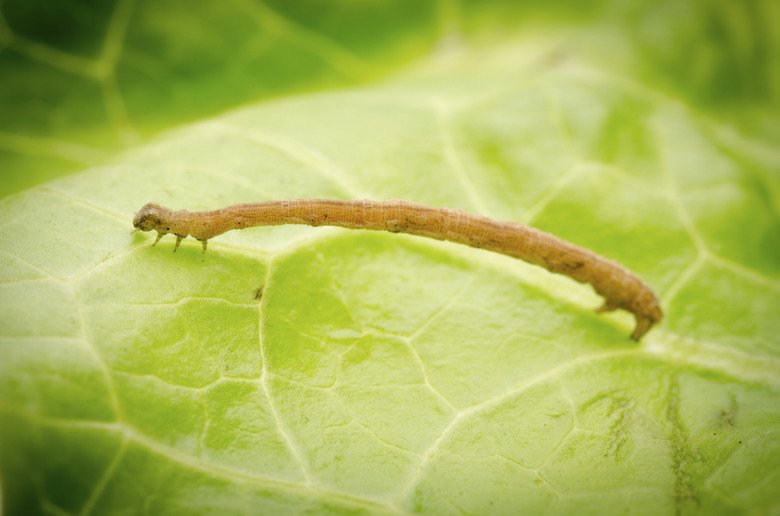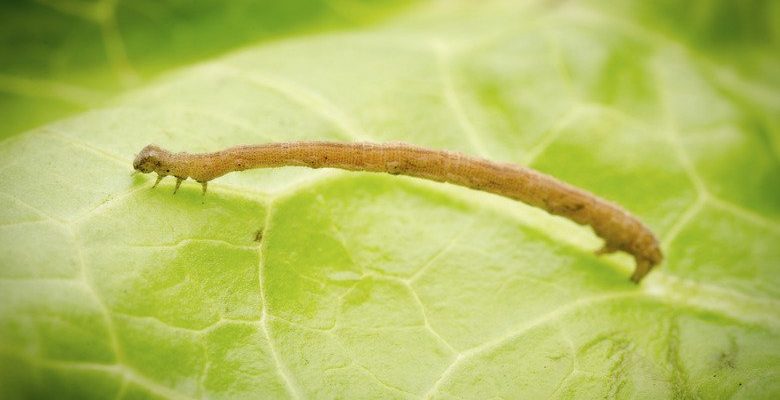
Imagine you’re walking through a forest and come across a fallen tree, complete with a blanket of decaying leaves. It’s a little gross, but also a sign of life. This decay is not just waste; it’s an essential process that nourishes the forest. Inchworms are like the living vacuum cleaners of this ecosystem, turning that organic matter into the soil’s nutrient-rich blend. You might be surprised to learn that just like a remote control helps you connect to your favorite devices, inchworms connect dead material to new life in the woodland.
Understanding Inchworms: Nature’s Little Movers
Inchworms, or **measuring worms**, belong to the family Geometridae and are the larvae of moths. What makes them stand out is their unique method of locomotion. They move in a “looping” motion, drawing their bodies together before extending again, resembling the action of measuring a distance. This quirky movement isn’t just for show; it helps them navigate through the dense foliage of their home.
Typically, inchworms are camouflaged, blending seamlessly into their surroundings to avoid predators. Their green or brown hues let them hide among leaves and branches. This ability is not just cool; it’s essential for their survival, making them less likely to become someone else’s dinner. Imagine being a tiny snack in a vast forest full of birds and other hungry creatures—all while you’re trying to do your job of breaking down organic material!
The Process of Decomposition
Decomposition might sound like a technical term, but at its core, it’s about breaking down dead organic matter. Everything that dies, from fallen leaves to dead animals, becomes food for other living beings. This process provides nutrients back into the soil, which plants need to grow. Without it, our woodlands would quickly run out of nutrients, and the vibrant ecosystems we love would suffer.
When inchworms get busy on decaying material, they help accelerate this breakdown. As they munch on leaves and wood, inchworms digest the matter, breaking it into smaller pieces and enhancing their decomposition. Think of them as nature’s chefs, mixing up the ingredients of life for the plants waiting patiently to absorb those rich nutrients.
The Nutritional Cycle: How Inchworms Contribute
Here’s the thing: when inchworms consume dead plant material, they don’t just leave it like that. They break it down into a rich form of compost that benefits the soil. Their waste, often called **frass**, is packed with nutrients that act like a natural fertilizer. This means that all those delicious snacks these inchworms eat result in a richer environment for new plants to grow.
This cycle of eating and excreting creates a loop where life begets life. The waste from inchworms contributes to the soil’s health, which in turn nurtures new plant growth. Suddenly, that fallen tree you tripped over has transformed into a source of nourishment for seedlings and other woodland flora. It’s like a never-ending buffet where everyone gets a seat at the table.
Inchworms and the Food Web
Inchworms don’t just help with decomposition; they also have an important place in the food web. As they munch on leaves, they become an essential food source for various birds and small mammals. This means that while they’re busy breaking down plant material, they’re simultaneously sustaining other creatures in the ecosystem.
You might be wondering, how do these relationships play out? Picture a bluebird tracing the branches, scanning for inchworms. As it finds a few munching on leaves, it gets its meal while keeping the inchworm population in check. This delicate balance keeps the ecosystem flowing smoothly, illustrating how interconnected life really is in the woods.
Threats to Inchworm Populations
Despite their vital role, inchworms face several threats that could impair their populations. **Habitat loss** due to urban development, pollution, and climate change disrupts their natural environments. When forests are cut down or degraded, inchworms lose their homes and food sources.
Additionally, pesticide use poses a significant danger. While aimed at controlling pests, these chemicals can harm beneficial insects like inchworms. Their decline could lead to an imbalance in the ecosystem, affecting everything from plant growth to the species that rely on them for food. It’s a sobering thought, but it shows just how much our actions can ripple through the environment.
Why Inchworms Matter to Us
Okay, you might be thinking, “Why should I care about inchworms?” That’s a fair question! But here’s the scoop: inchworms and their role in decomposition show us how interconnected nature is. Healthy ecosystems have a balance where every creature, no matter how small, contributes to overall health—sort of like how each member of a team has a role to play.
Also, learning about inchworms can help us appreciate the delicate balance of our natural world. When we understand how these tiny creatures contribute to processes we often take for granted, like soil health and plant growth, we can be more mindful of our environment. Protecting inchworms means playing a part in preserving the richness of our woodlands.
Inchworms may be small, but their impact on woodland decomposition is significant. As they help break down organic matter and nourish the soil, they play a crucial role in maintaining the balance of forest ecosystems. Understanding their importance reminds us of the beauty in nature’s little details and the connections that bind all life together.
So, the next time you’re wandering in the woods and stumble upon a fallen tree, think about the inchworms at work beneath the surface. They are quietly doing the important job of decomposition, ensuring that life continues to thrive in the forest. By appreciating and protecting these tiny wonders, we’re helping to safeguard the health of our natural surroundings for generations to come.

